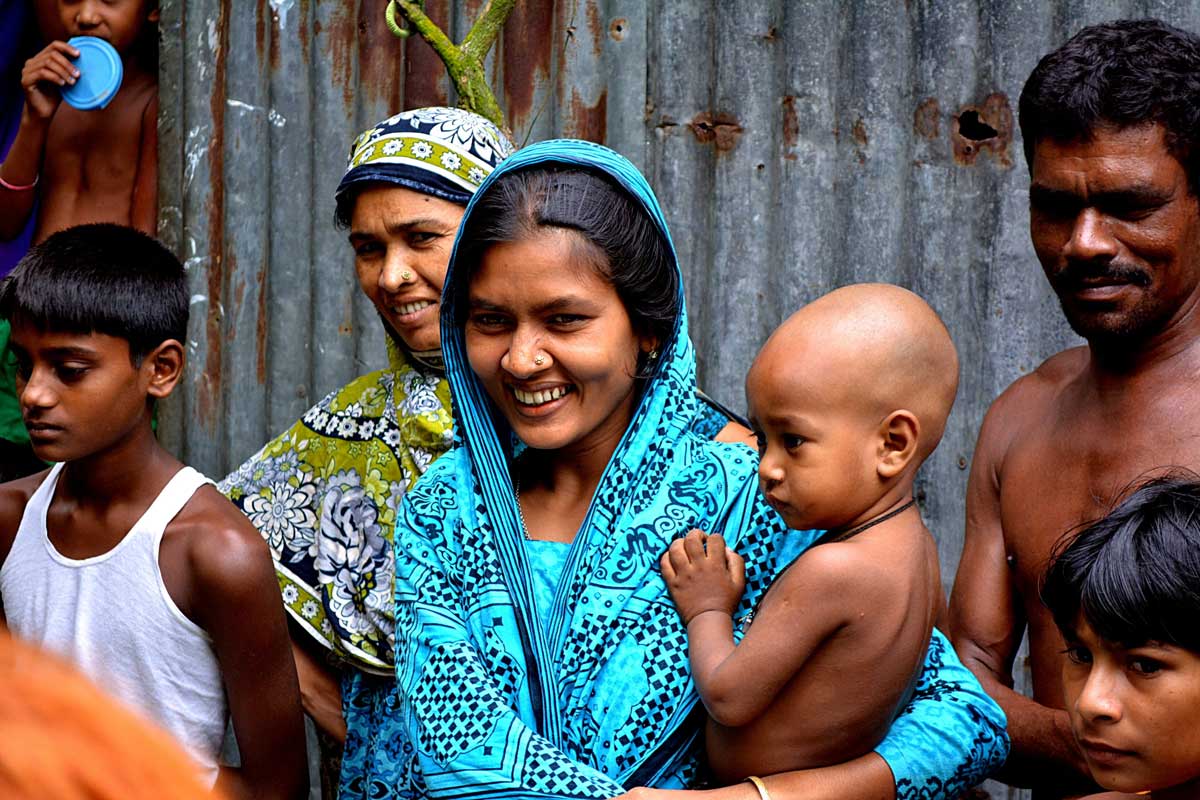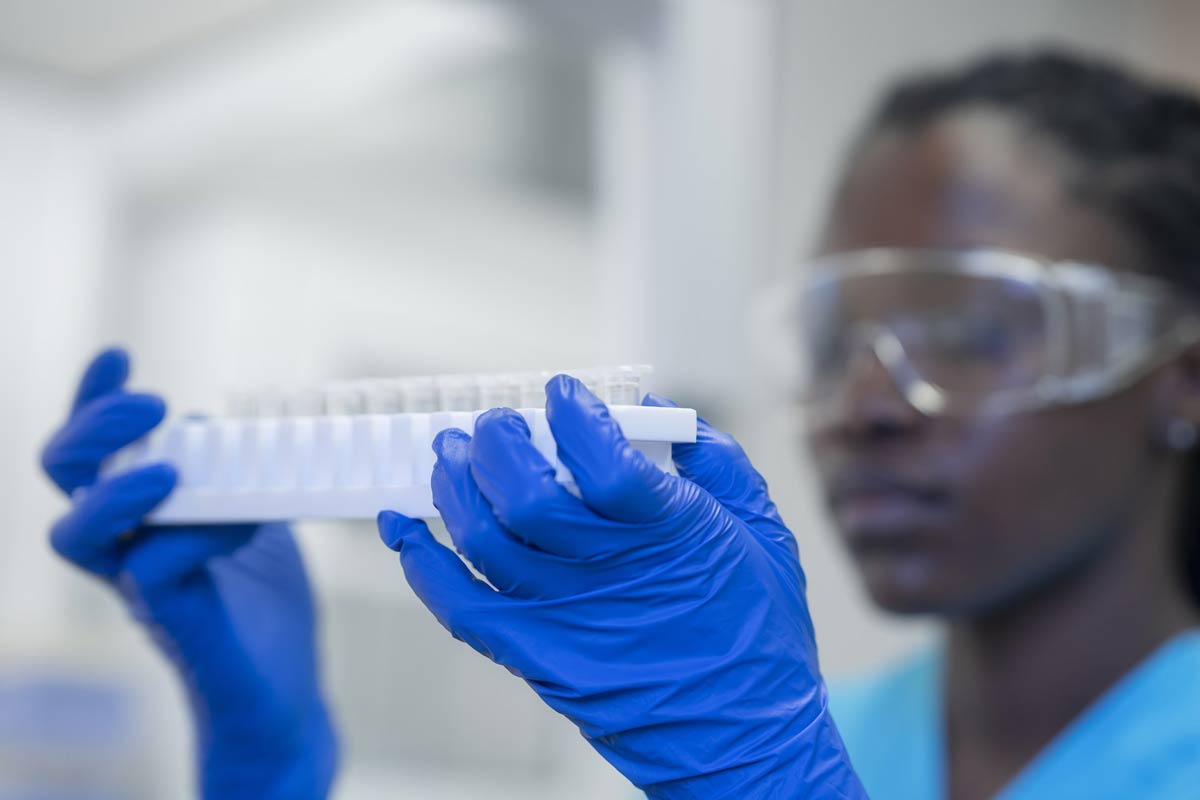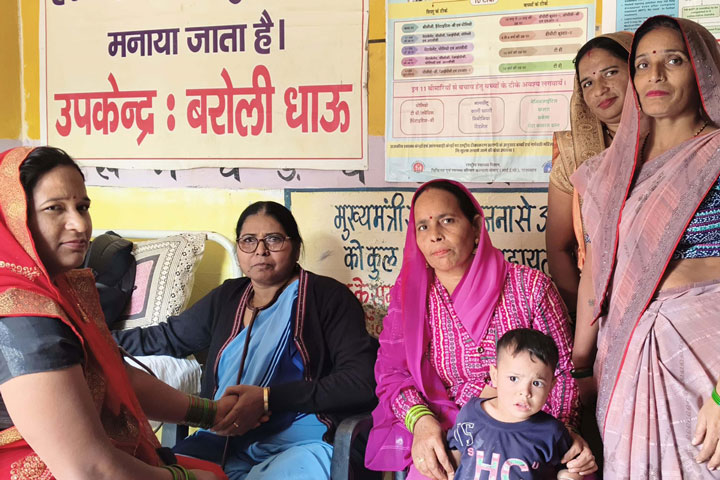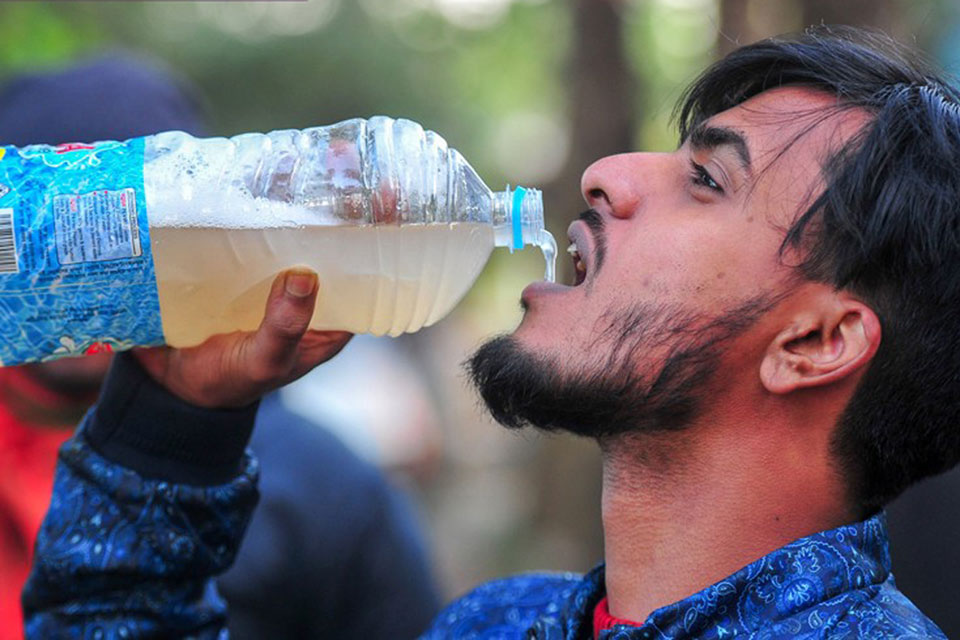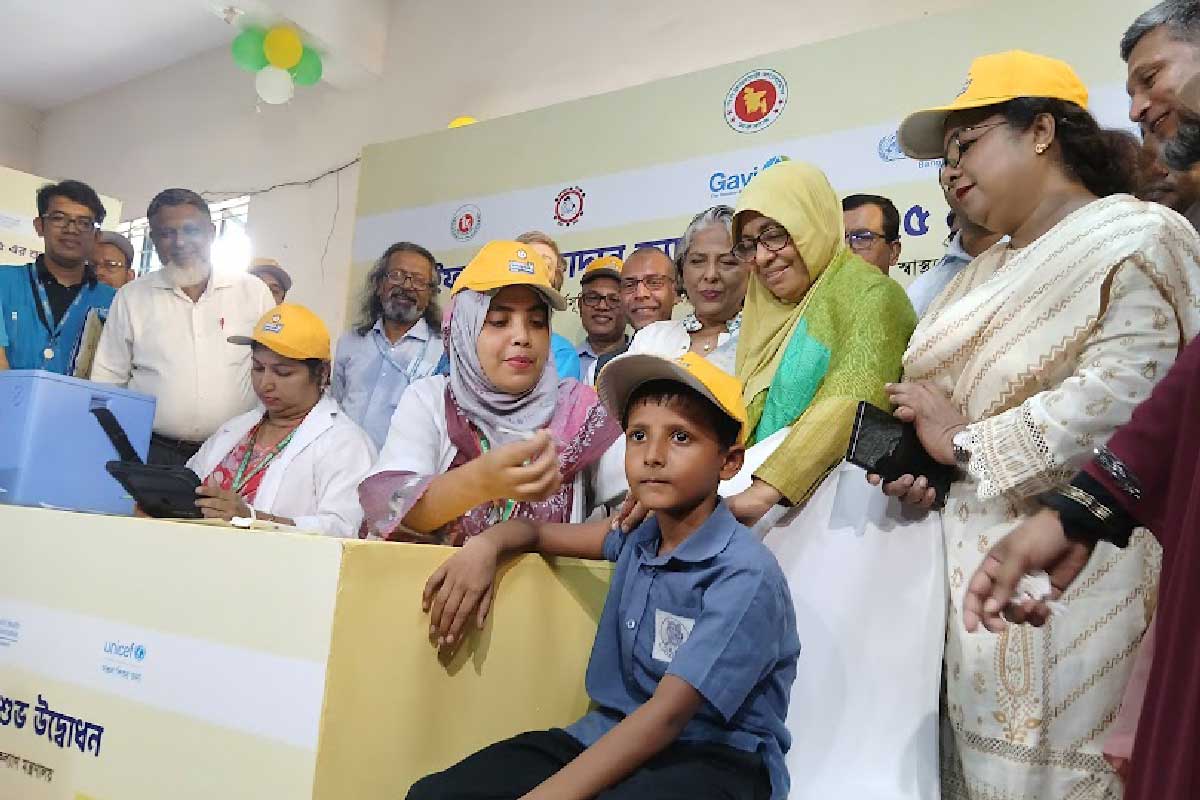These countries are making progress on women’s health and well-being
Tackling global health challenges head-on. Why bold, united actions are crucial to overcoming systemic inequalities and creating lasting change.
- 2 June 2025
- 5 min read
- by World Economic Forum
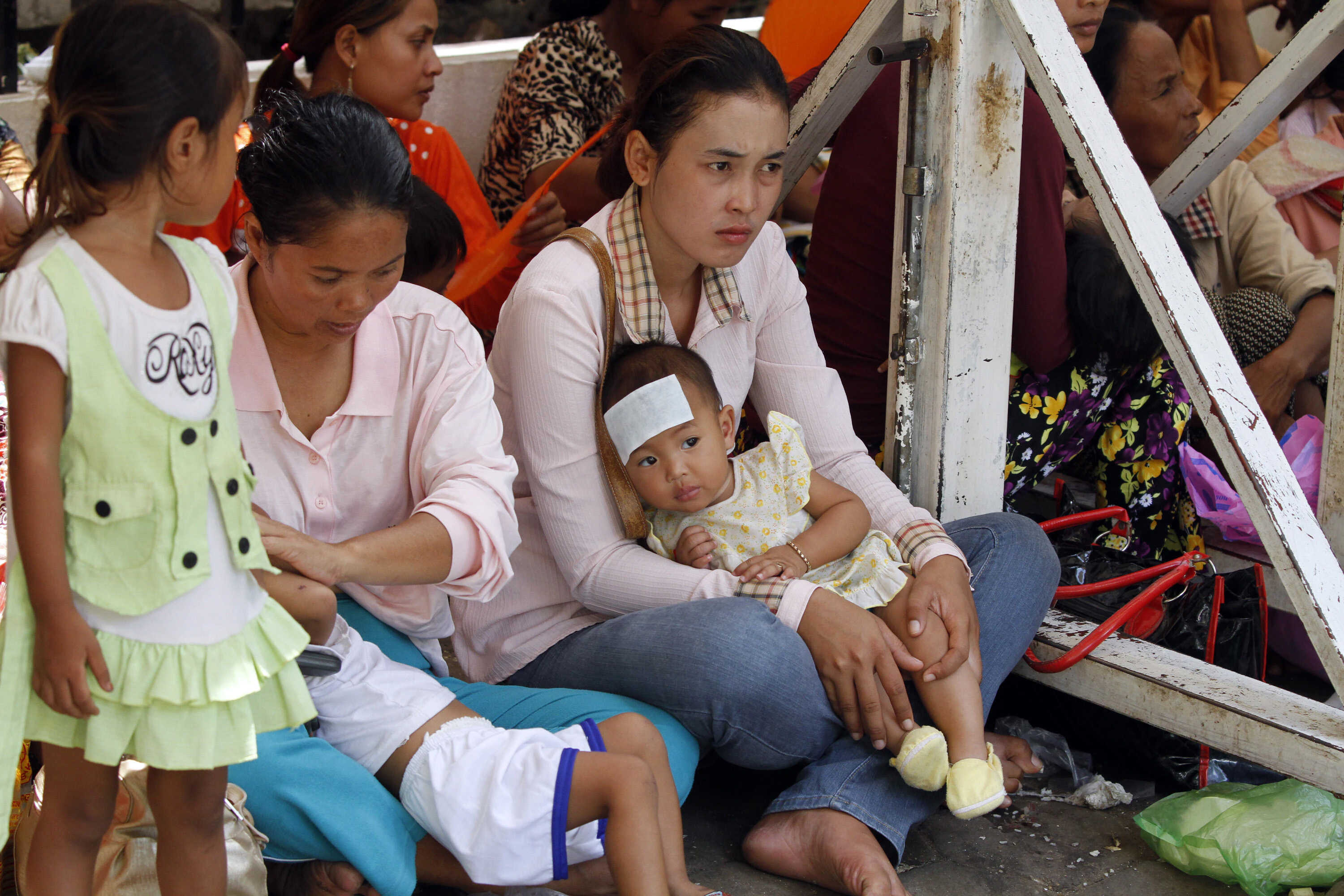
When global health challenges – from funding shortfalls to climate-related disruptions – can feel insurmountable, it’s tempting to prioritize smaller actions. In doing so, we narrow our ambitions, silo responses and focus on instant feasibility. But that is not what this moment demands. It risks entrenching the very inequalities we aim to solve.
What the world needs now is integrated, hopeful, evidence-backed stories of progress and possibility. These stories should demonstrate how individuals, communities and countries are moving the needle on gender equality and women’s health and well-being even under immense constraint. Limiting ourselves to what feels manageable means we deliver only marginal gains. Women everywhere deserve more than that.
For too long, there has been a narrow lens on women’s health in global development, defined by reproductive age and reduced to maternal outcomes. While those areas remain critical, they do not capture the scope of women’s needs for healthy and dignified lives.
At this challenging juncture in global health, we must consider the full complexity of women’s lives or risk falling further behind.
The life course approach
In a recent Lancet Global Health analysis, we broadened that perspective. With our partners the United Nations Population Fund, the Public Health Foundation of India, the Milken Institute School of Public Health and the International Centre for Equity in Health at Pelotas, we developed a life course framework to evaluate progress across 10 dimensions of women’s health and well-being and five key life stages.
Drawing on 32 indicators and data from 135 low- and middle-income countries, the research identified persistent gaps, spotlighted countries making exceptional progress, and unpacked what that progress looks like.
The conditions that shape a woman’s health and well-being extend far beyond access to healthcare. They include the ability to complete schooling, secure income, be safe from violence, maintain basic nutrition, exercise agency over reproductive choices and age with dignity and support.
These intersecting dimensions evolve over time and must be considered together if we want to prioritize interventions that deliver multiple, cascading benefits.
That’s why we applied a life course approach – tracking progress not just during childhood or reproductive years but through to older adulthood. While many countries have made strides in health and education, progress has been uneven. Areas such as nutrition, safety, economic empowerment and women’s agency have stagnated or worsened.
Perhaps most alarming is the near-total absence of data on women over 50. As this population grows globally, we know little about their experience with chronic disease, pensions, caregiving burdens or social protection.
Investing in women and girls
By comparing progress relative to economic growth, we highlighted countries whose improvements exceeded expectations given their gross domestic products.
Bangladesh, Cambodia, Ethiopia and Peru emerged as top performers. Though each followed a unique path, common drivers emerged in Ethiopia and Cambodia, where we began our deep-dive case studies: long-term investment in girls’ education, expanded health access, community-level outreach and in some cases, legal reforms to advance women’s rights.
In Ethiopia, for example, women were granted legal inheritance rights, while community health systems extended care even to remote areas. In Cambodia, gender was embedded into public policy planning, helping align services with women’s needs across sectors.
Yet even these bright spots revealed challenges. Gender-based violence remained underreported and economic empowerment indicators lagged, reminders that even where systems improve, progress is rarely universal.
What’s clear is that women’s health and well-being cannot be addressed in silos. A girl who suffers from chronic undernutrition before age five is more likely to struggle with health and economic outcomes decades later. A woman forced into early marriage may lose access to education and income, compromising her well-being for life.
A holistic, systems-based view helps us understand and respond more effectively to these interlocking realities.
This also requires looking beyond reproductive health. Women do not stop needing care or protection when they age out of maternal risk. Legal policy, labour rights, education systems, social protections and healthcare must be designed in concert, not in isolation.
Cohesive datasets
One of the clearest messages from our work is this: we cannot fix what we do not measure. Persistent data gaps, especially around older women, violence, safety and unpaid labour, limit our ability to craft effective, equitable policies.
Even where data exists, it is often fragmented or not disaggregated by gender or age. Robust, gender-sensitive data systems are not a luxury. They are critical infrastructure for effective governance.
The findings from this study are only the beginning. We are synthesizing insights from Ethiopia and Cambodia and conducting deeper studies in Peru and Bangladesh. Through local research partnerships, we are gathering interviews, analysing policy documents, reviewing funding flows and examining how real-world implementation happens or doesn’t happen.
We aim to move beyond unpacking what worked to understand why and how it worked, and whether success can be adapted elsewhere. Context and the lived experiences of women navigating these systems daily matter.
There is no silver bullet; several steps are essential:
- Adopt a life course approach in policy and measurement to reflect the full span of women’s experiences.
- Invest in comprehensive, gender-sensitive data systems, especially for underrepresented life stages and dimensions.
- Support integrated programmes that connect health, education, work and social protection.
- Include women’s voices as agents of change and co-designers of policy – not just as beneficiaries.
- Recognize and learn from positive outliers, whose success can spark broader change.
Think bigger
The path to gender equity is not linear or automatic. But the evidence shows that progress is possible. The countries we’ve studied prove that gains can be made and sustained and often faster than expected with the right mix of leadership, policy, financing and local engagement.
That’s the call to action in this moment of uncertainty: to think bigger, not smaller. We need to build momentum from the stories of progress around us. And we need to reimagine women’s health and well-being not just as a measure of survival but as a reflection of dignity, opportunity and potential at every stage of life.
Because the world doesn’t need small action right now, it needs brave, integrated, transformative action. Women’s health and well-being are where to start.
